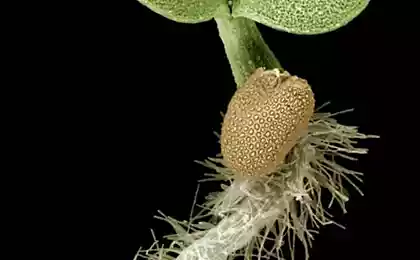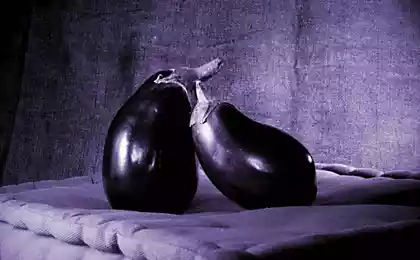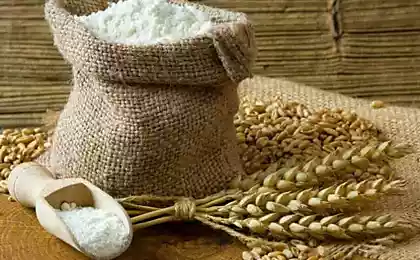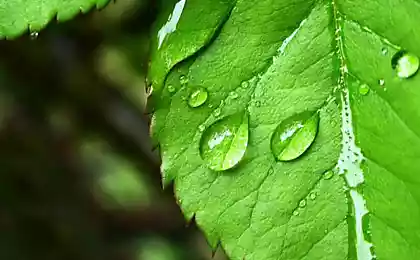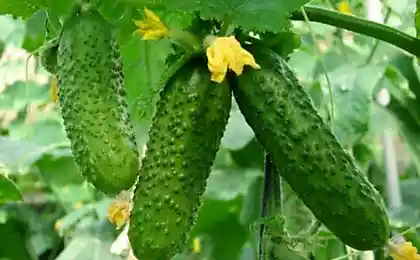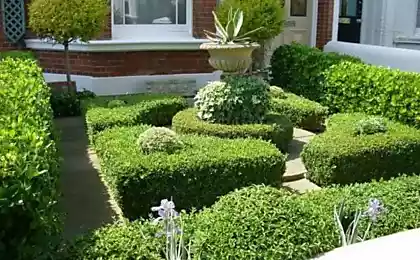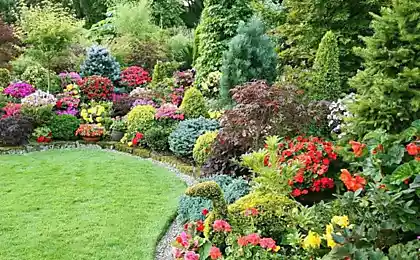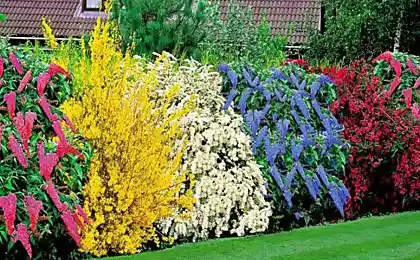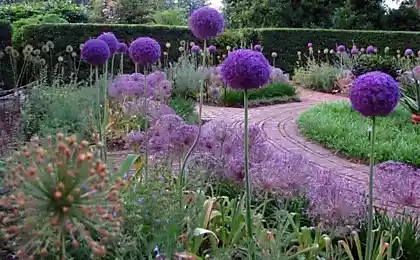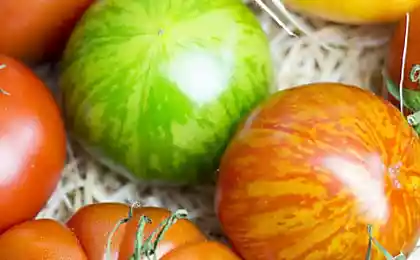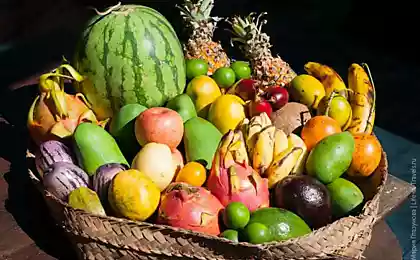477
Reveal the secrets of barberry — the most colorful varieties
Gardeners use this unassuming plant is mainly to create hedges. However, to limit the possibilities of this shrub is not necessary, because the genus of the Barberry belongs a lot of totally different kinds and varieties, each of which is unique.
We can safely say that "talent"barberry (Berberis), the garden scene is highly underrated. Usually on sites it is possible to contemplate only one form of this plant — barberry Thunberg, the destiny of which is to act as a hedge. And that its use is really justified, because this shrub about 2 m hardy, grows well in full sun and in openwork shade and, most importantly, well-tolerate pruning. But at the same barberry Thunberg there are lots of very beautiful varieties, not to mention other types of barberry, which many of us simply do not know. So as not to correct this unfortunate injustice? So here they are: front red barberry ‘Atropurpurea’ Golden yellow ‘Golden Torch’, a variegated pattern of marble ‘Rose Glow’ worthy to occupy a place of honor in any garden.
Night frost coated oval leaves of Thunberg barberry ‘Atropurpurea’ sparkling ice crystals.

In winter, the barberry ‘Atropurpurea’ have lost leaves, its branches still decorated with scarlet fruit.

After the rain glisten in the sun the fruit and leaves of Thunberg barberry (Berberis thunbergii) ‘Rose Glow’.
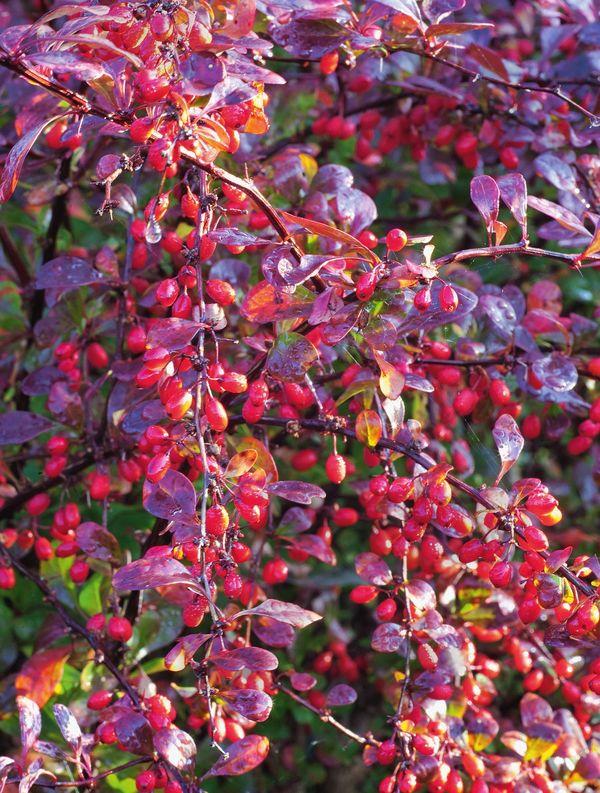
In autumn its leaves look especially nice, getting marble colors in pink, red and white tones.
In the midst of autumn barberry ‘Red Chief’, sumac leather and Aster throwing a bright colorful show.
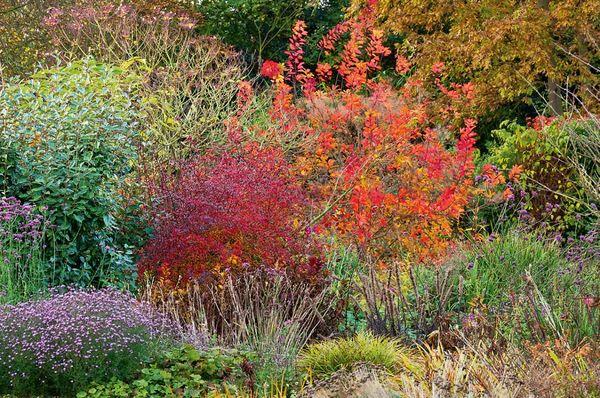
The barberry ‘Golden Torch’ captivates with bright yellow foliage. Due to its low growth (only 1 m) it is suitable for planting in mixed flower garden of herbaceous perennials.

Fluffy under a cap of snow remaining on the branches with dark red leaves of the barberry look especially gaudy.
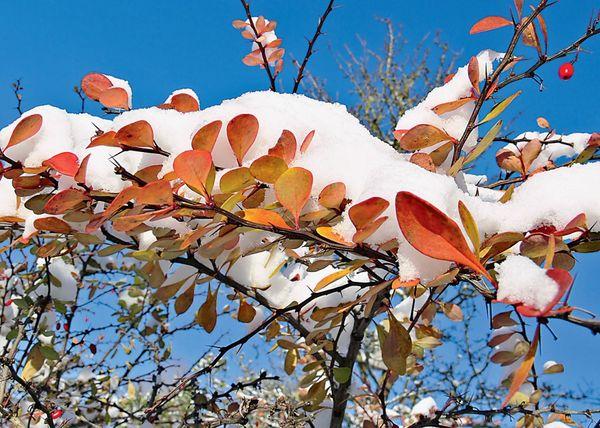
Barbarisi these varieties due to the compactness of the crown and a height of 1 m are ideal for planting in large flower beds. Surrounded by a flowered herbaceous perennials and decorative grasses, they will become the structure-forming components, even in winter, when the shrubs will reset the luxurious sheets.
For your site even meter the bushes too big? There is a "barbariska" and in this case, their growth is just 30-40 cm To grohotom include barberry Thunberg red dwarf varieties 'Nana' and 'Bagatelle'.
Further — more. We present to your attention the option of evergreen plants, namely sensicality barberry (Berberis buxifolia) ‘Nana’.
Tip: where fungal diseases and pod borer mercilessly destroy a boxwood, this barberry he can become a great alternative. However, in regions with cold climates in the dead of winter it can freeze, take it to your note.
Have barbarisov another nice bonus: in the spring the shrubs are able to please a beautiful floral decoration. Small yellow flowers open, depending on the species in may-June. And combined with dark red leaves of barberry Thunberg, they form a great contrast. And in the fall the bushes are covered with red (some types of black) fruits which look great first of all barbarisov deciduous species — but only as long as in the winter portion of vitamins will not come our feathered friends.
Along with deciduous barbarisme, for example the barberry Thunberg, there are also evergreen species. One of them we have already mentioned. This sensicality barberry (Berberis buxifolia) ‘Nana’ — dwarf shrub with a height of only 50 cm, It is ideal for low hedges.
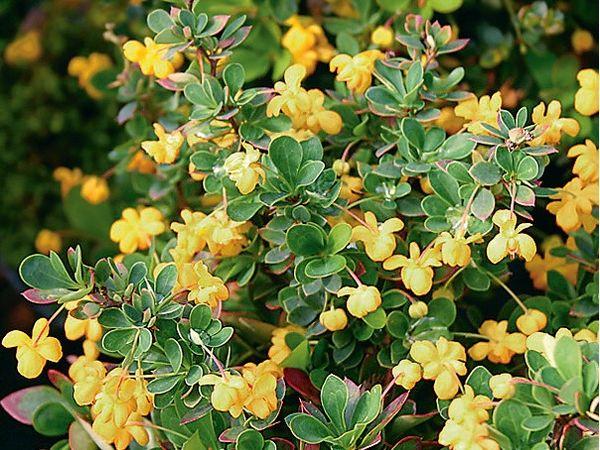
At a height of 1.5 m compact remains Micarta barberry (Berberis frikartii) ‘Amstelveen’.

It grows mainly in semi-shade as Gagnepainii barberry (Berberis gagnepainii) ‘Klugowski’ whose branches the growth picturesquely to the ground slope.

For dense hedges meter height is great barberry bluish-white (Berberis candidula) ‘Jytte’ with a dense cushion-like crown.
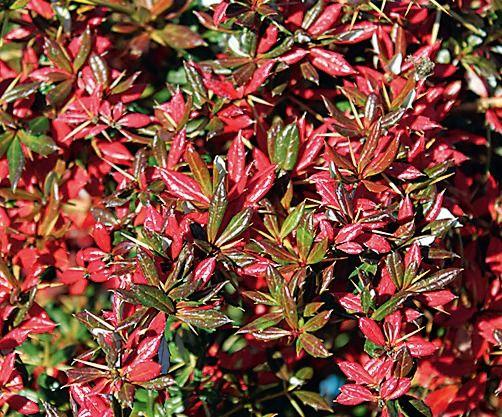

Berberis vulgaris (Berberis vulgaris) from ancient times used in folk medicine. However, the dried roots and bark of this shrub used so far. Prepared tea helps with digestive problems, as well as in diseases of the liver and gallbladder. However, be warned: contained in the plant alkaloids when the kidney problems can provoke deterioration of health. But red, vitamin-rich fruits may be safely used in food and also to prepare juices and jellies. Dry tart berries can be added to muesli.
Source: www.7dach.ru
We can safely say that "talent"barberry (Berberis), the garden scene is highly underrated. Usually on sites it is possible to contemplate only one form of this plant — barberry Thunberg, the destiny of which is to act as a hedge. And that its use is really justified, because this shrub about 2 m hardy, grows well in full sun and in openwork shade and, most importantly, well-tolerate pruning. But at the same barberry Thunberg there are lots of very beautiful varieties, not to mention other types of barberry, which many of us simply do not know. So as not to correct this unfortunate injustice? So here they are: front red barberry ‘Atropurpurea’ Golden yellow ‘Golden Torch’, a variegated pattern of marble ‘Rose Glow’ worthy to occupy a place of honor in any garden.
Night frost coated oval leaves of Thunberg barberry ‘Atropurpurea’ sparkling ice crystals.

In winter, the barberry ‘Atropurpurea’ have lost leaves, its branches still decorated with scarlet fruit.

After the rain glisten in the sun the fruit and leaves of Thunberg barberry (Berberis thunbergii) ‘Rose Glow’.

In autumn its leaves look especially nice, getting marble colors in pink, red and white tones.
In the midst of autumn barberry ‘Red Chief’, sumac leather and Aster throwing a bright colorful show.

The barberry ‘Golden Torch’ captivates with bright yellow foliage. Due to its low growth (only 1 m) it is suitable for planting in mixed flower garden of herbaceous perennials.

Fluffy under a cap of snow remaining on the branches with dark red leaves of the barberry look especially gaudy.

Barbarisi these varieties due to the compactness of the crown and a height of 1 m are ideal for planting in large flower beds. Surrounded by a flowered herbaceous perennials and decorative grasses, they will become the structure-forming components, even in winter, when the shrubs will reset the luxurious sheets.
For your site even meter the bushes too big? There is a "barbariska" and in this case, their growth is just 30-40 cm To grohotom include barberry Thunberg red dwarf varieties 'Nana' and 'Bagatelle'.
Further — more. We present to your attention the option of evergreen plants, namely sensicality barberry (Berberis buxifolia) ‘Nana’.
Tip: where fungal diseases and pod borer mercilessly destroy a boxwood, this barberry he can become a great alternative. However, in regions with cold climates in the dead of winter it can freeze, take it to your note.
Have barbarisov another nice bonus: in the spring the shrubs are able to please a beautiful floral decoration. Small yellow flowers open, depending on the species in may-June. And combined with dark red leaves of barberry Thunberg, they form a great contrast. And in the fall the bushes are covered with red (some types of black) fruits which look great first of all barbarisov deciduous species — but only as long as in the winter portion of vitamins will not come our feathered friends.
Along with deciduous barbarisme, for example the barberry Thunberg, there are also evergreen species. One of them we have already mentioned. This sensicality barberry (Berberis buxifolia) ‘Nana’ — dwarf shrub with a height of only 50 cm, It is ideal for low hedges.

At a height of 1.5 m compact remains Micarta barberry (Berberis frikartii) ‘Amstelveen’.

It grows mainly in semi-shade as Gagnepainii barberry (Berberis gagnepainii) ‘Klugowski’ whose branches the growth picturesquely to the ground slope.

For dense hedges meter height is great barberry bluish-white (Berberis candidula) ‘Jytte’ with a dense cushion-like crown.


Berberis vulgaris (Berberis vulgaris) from ancient times used in folk medicine. However, the dried roots and bark of this shrub used so far. Prepared tea helps with digestive problems, as well as in diseases of the liver and gallbladder. However, be warned: contained in the plant alkaloids when the kidney problems can provoke deterioration of health. But red, vitamin-rich fruits may be safely used in food and also to prepare juices and jellies. Dry tart berries can be added to muesli.
Source: www.7dach.ru
The invention of a miracle: Oleg Aronson about the affective commonality, born of cinema
DASH diet — nutrition guidelines for life
